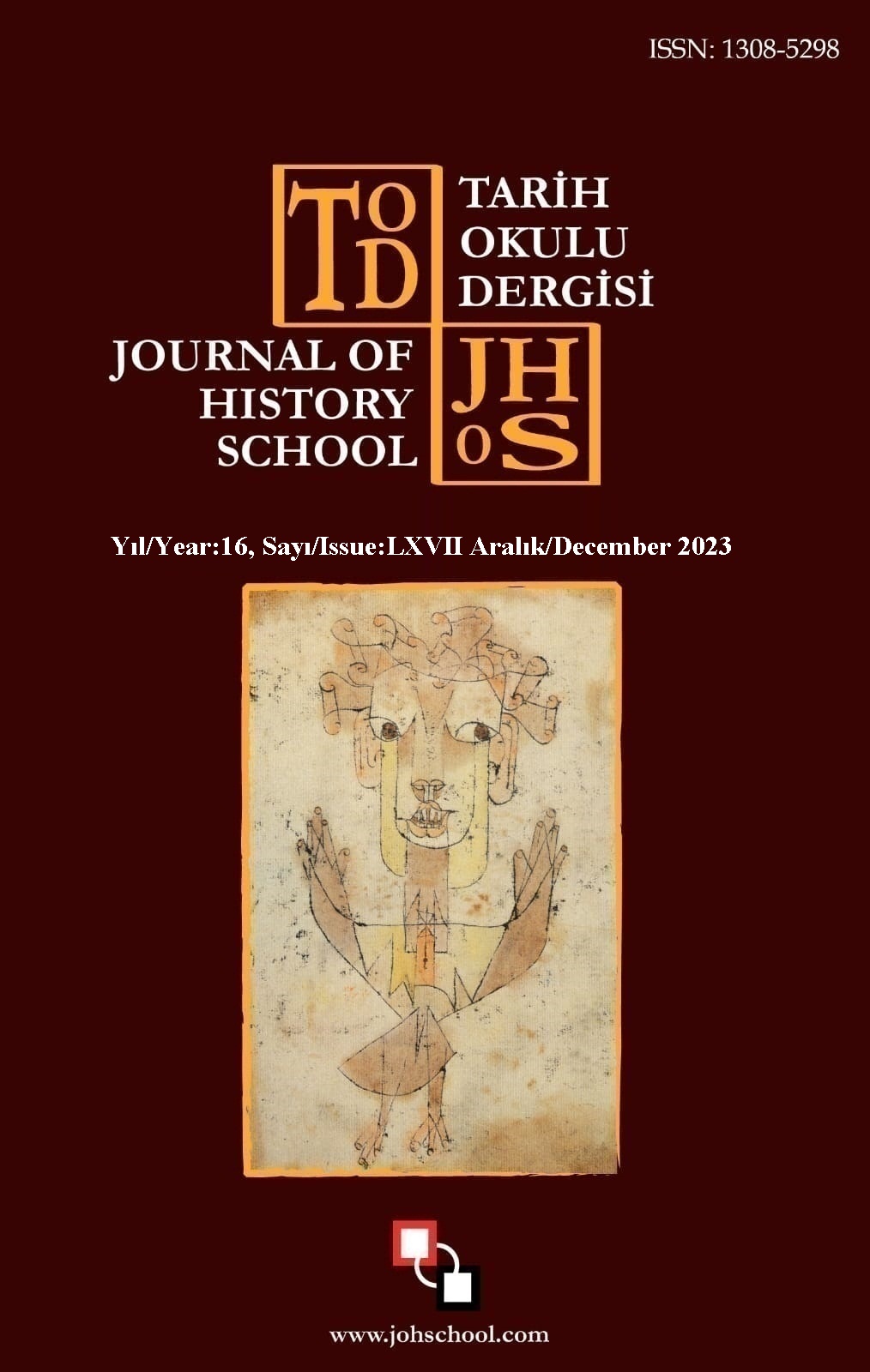Author :
Abstract
I. Haçlı Seferi eski bir Benedikten keşişi olan Papa II. Urbanus tarafından başlatıldı. Bu sefer vesilesiyle Hristiyanlar doğudaki kutsal toprakları Müslümanların elinden kurtararak kendi ruhlarının kurtuluşa ermesini sağlayacaklardı. Seferin ideolojik temelleri bir buçuk yüzyıllık bir süreçte gelişti. Haçlı ideolojisinin toplumda benimsenmesinde ve sefer organizasyonunda Aziz Benedikt’in öğretilerine göre kurulan Monte Cassino ve Kluni gibi Benedikten manastırları rol aldılar. Sefer çağrısı bu manastırlar ve onların iletişim ağı aracılığıyla tüm Avrupa’ya ulaştırıldı. Ayrıca Haçlıların yola çıkış sürecinde ihtiyaç duydukları maddi ve manevi desteği de yine bu manastırlar sağladılar. Manastır yaşamı inzivaya çekilerek dünyevi yaşamdan uzaklaşmayı kendini Tanrı’ya adamayı ifade etmesine rağmen Benediktenler dönemlerinin siyasi gelişmelerinden uzak kalmadılar. Hem dünyevi hem de dini otoritelerle yakın ilişkiler kurdular. Ayinler ve mimari yoluyla azizler ve hac kültünün yayılarak; başta Kudüs olmak üzere Doğu’daki kutsal toprakların Hristiyanların gündeminde kalmasını sağladılar. Aziz Benedikt’in temel ilkesi ‘barış’ üzerine kurulan Benedikten Manastırları dolaylı olarak Haçlı Seferi’nin kutsal savaş yaldızıyla süslenerek, asırlar sürecek yeni kanlı çatışmaların temellerini attılar.
Keywords
Abstract
The First Crusade was launched by Pope Urban II, a former Benedictine monk. On this occasion, the Christians would liberate the holy lands in the east from the yoke of Muslims and ensure the salvation of their souls. The ideological foundations of the expedition developed over a century and a half. Benedictine monasteries such as Monte Cassino and Cluny, founded according to the teachings of St. Benedict, played a role in the adoption of Crusader ideology in society and the organization of the campaign. The call for the expedition was extended throughout Europe through these monasteries and their networks. In addition, these monasteries provided the material and moral support they needed during the Crusaders' departure. Although monastic life expressed seclusion and detachment from earthly life and devotion to God, the Benedictines did not stay away from the political developments of their time. They established close relations with both secular and religious authorities. Through rituals and architecture, the cult of saints and pilgrimage spread; they ensured that the holy lands in the East, especially Jerusalem, remained on the agenda of Christians. Founded on the basic principle of St. Benedict 'peace', the Benedictine Monasteries were indirectly adorned with the holy war gilding of the Crusade, laying the foundations for new bloody conflicts that would last for centuries.
